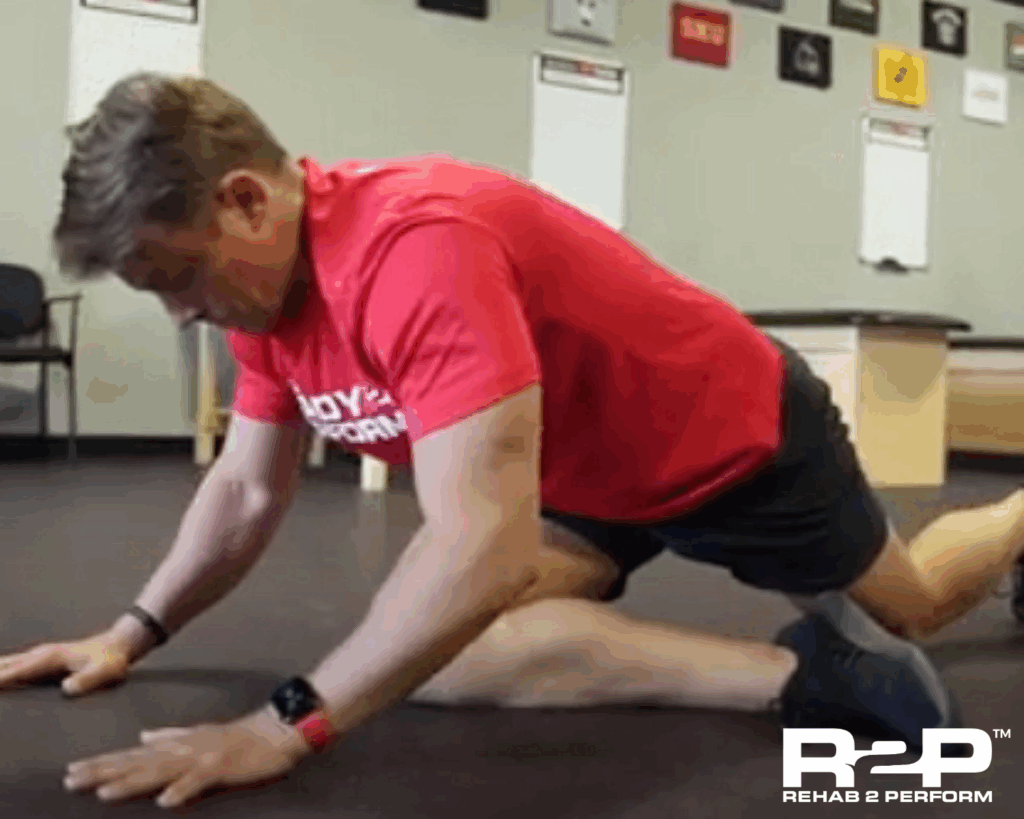Hip Pain in Functional Fitness

Hip Pain & Tightness in Functional Fitness: What It Means & How to Address It
By a Physical Therapist Who Trains Hard and Moves with Purpose
If you’re into functional fitness—whether it’s Hyrox, CrossFit, HIIT, or strength circuits—chances are your hips take a beating. Squats, lunges, cleans, kettlebell swings, box jumps—they all demand a lot from your hip joint. And if you’re starting to feel hip tightness or pain during your workouts, you’re not alone.
As a physical therapist who also trains hard and runs regularly, I’ve experienced this firsthand. The good news is: hip pain in functional fitness doesn’t have to derail your training. But it is your body’s way of signaling that something needs attention.
Let’s break down what’s really going on with hip discomfort, how physical therapy can help, and what you can do today to keep moving strong and pain-free.
Why Hip Pain in Functional Fitness Is So Common
The hip is a complex joint that’s responsible for both power and stability. In functional fitness, you rely on your hips for almost every major lift and explosive movement. But with repetition, intensity, and tight recovery windows, that demand can become a problem. Here’s why:
- Repetitive loading without adequate mobility or stability
- Overuse of dominant muscles (quads, hip flexors) and underuse of stabilizers (glutes, deep core)
- Limited range of motion in hips, ankles, or thoracic spine, leading to compensatory patterns
- Poor movement control under fatigue, especially in dynamic or high-rep workouts
- Previous injuries or postural imbalances that haven’t been addressed
Most athletes describe hip pain as either deep in the front (anterior hip/groin), on the side of the hip, or in the glute area. Each has its own potential root cause—but all are connected to how you move and load the joint.
Signs Your Hip Needs More Than Just a Stretch
Hip tightness might seem normal after a hard workout—but lingering symptoms are a red flag. Here’s what to look for:
- Pinching or catching in the front of the hip during squats or lunges
- Limited squat depth or loss of control in bottom positions
- Glute tightness or burning during kettlebell swings, sprinting, or Olympic lifts
- Lateral hip pain during running, step-ups, or side planks
- Stiffness that doesn’t go away after foam rolling or static stretching
Ignoring these signs can lead to more serious issues like hip impingement, tendinopathy, or labral irritation—none of which are fun to train through.
Physical Therapy Tips to Address Hip Pain in Functional Fitness
Improve your hip mobility—strategically
- Use dynamic mobility drills like 90/90 transitions, deep lunge openers, and leg swings pre-workout
- Mobilize your hip capsule using banded distractions to improve joint space
- Focus on hip flexor, hamstring, and adductor flexibility, especially if your squat feels limited
Strengthen the stabilizers
- Activate your glutes with mini-band walks, glute bridges, and single-leg balance work
- Train your core with exercises like dead bugs, bird dogs, and Paloff presses
- Prioritize single-leg strength movements like step-ups, split squats, and lateral lunges to build stability
Check your squat mechanics
- Film your squat from the front and side to assess depth, control, and knee/hip alignment
- If your hips shift, knees collapse, or back rounds early, work with a coach or PT to adjust form
- Avoid forcing depth at the cost of control—train within a pain-free range and build from there
Recover smarter, not just harder
- Include regular soft tissue work for quads, glutes, and hip flexors
- Alternate intensity across the week to give your hips time to recover
- Get 7–9 hours of sleep and prioritize post-training nutrition to support recovery
Modify—not eliminate—your training
- Don’t stop moving entirely unless advised by a healthcare professional
- Swap barbell squats for goblet squats or lunge variations to avoid repetitive stress and strain
- Reduce reps or range of motion during flare-ups while focusing on quality over quantity
How Physical Therapy Can Help
If hip pain is becoming consistent—or limiting your performance—it’s time to get an expert involved. In physical therapy, we assess more than just the joint. We look at how you move, where your control breaks down, and what patterns are leading to overload.
You’ll get a personalized plan that addresses your specific mobility, strength, and movement deficits—and helps you get back to training with confidence.
Book a Free Injury Consult
At Rehab 2 Perform, we offer free injury consults to help athletes like you stay ahead of pain and stay in the game. If you’ve been dealing with hip tightness, soreness, or pain that doesn’t go away with foam rolling or stretching, don’t ignore it.
Let’s figure out what’s going on—and what you can do about it—before it becomes a bigger issue.
Book Your Consult Today
- Dr. Zach Baker, DPT, SCS, Chief Clinical Officer

About Rehab 2 Perform
Rehab 2 Perform is a leading physical therapy and sports rehabilitation company dedicated to helping clients achieve optimal performance in their daily lives, whether they are athletes, weekend warriors, or individuals recovering from injury. With a team of highly skilled professionals across 11 state-of-the-art locations (soon to be 13), Rehab 2 Perform offers a personalized, evidence-based approach that emphasizes active rehabilitation and functional fitness. Find a Location near you, or Schedule Here.
